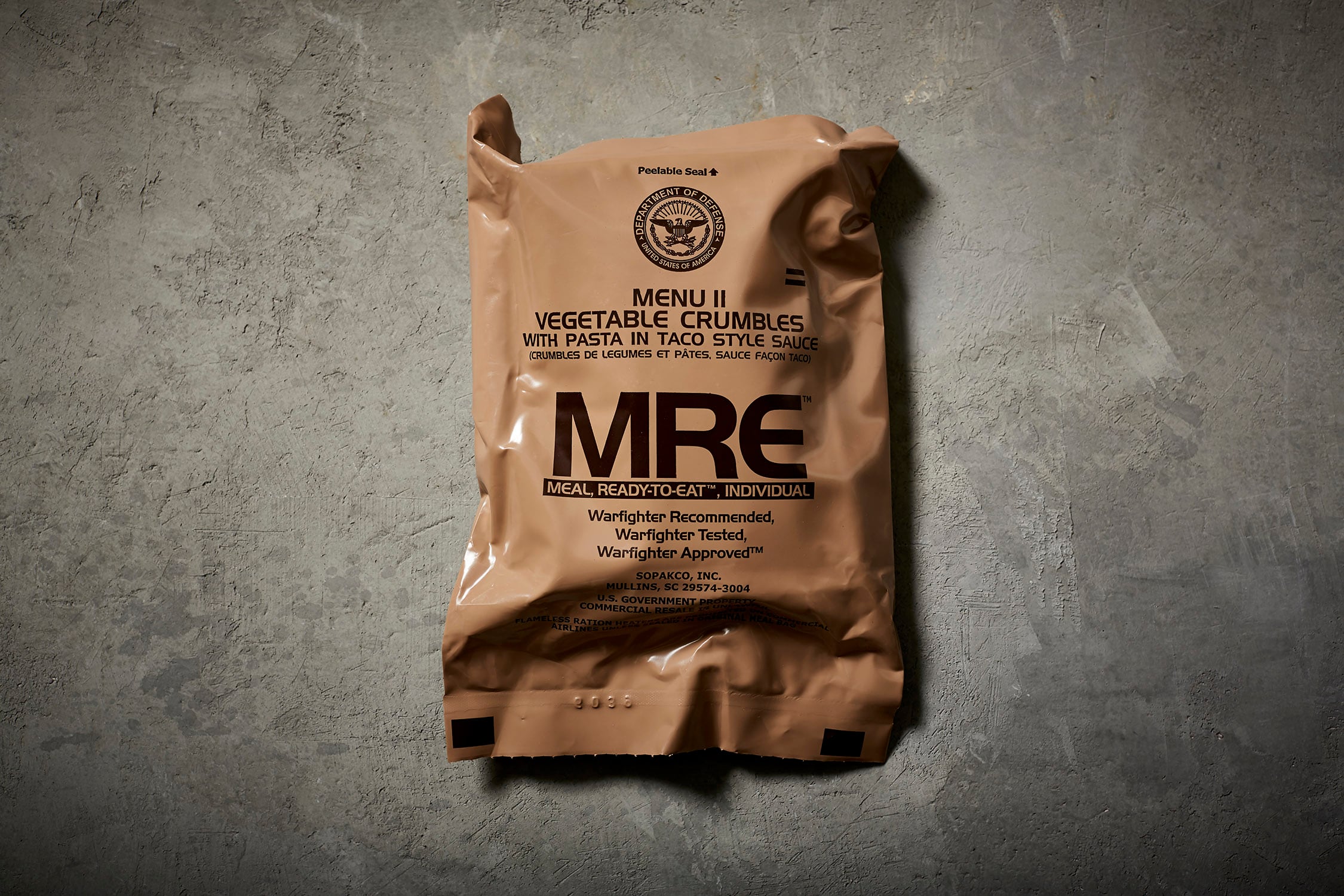One of my most unpopular opinions is that IPA beers taste a whole lot like pine needles. But when troops fought in both the Revolutionary and Civil Wars, a piney beer was the only thing standing between the Army and a slow painful death by scurvy.
Spruce Beer, made from plentiful spruce trees found in North America, was the only solution to solving soldiers’ scurvy woes.
The disease, most commonly associated with rum-soaked pirates who don’t have access to fresh fruits and vegetables, is caused by vitamin C deficiency and can lead to anemia, oozing sores, tooth loss, and delayed healing processes for injuries — which, if you were a soldier during America’s early conflicts, could most certainly kill you.
An early version of the ale, which doesn’t contain alcohol, was drunk by Vikings, who brewed their beer from Norway spruce shoots, according to the second edition of the Oxford Encyclopedia of Food and Drink in America.
Later versions can be traced to New France, now Canada, in the 1700s. Explorer Jacques Cartier and his men reportedly fell victim to scurvy until the Huron taught them to use tree bark to brew teas and concoctions that would keep them healthy. In that same century, Swedish-Finnish botanist Pehr Kalm observed how locals there avoided the scurvy that so affected early settlers, and found that they had employed a beer brewed from spruce branches, a military heritage research site found.
Spruce beer was used during the French and Indian War to give the British an edge. During the war, British Gen. James Murray wrote in a general order that spruce beer be made a ration requirement.
“[T]he visible effects of the… hemlock-spruce, which has been given, for some time, to the scorbutic men in the hospitals, put it beyond doubt, that it must also be the best preservative against the scurvy, and, as the lives of brave soldiers are ever to be regards with the utmost attention, it is ordered that the regiments be provided with a sufficient quantity of that particular spruce, which each corps must send for occasionally, and it is to be made into a liquor, according to the method with which the Surgeons are already acquainted, and the commanding officers must be answerable that their men drink of this liquor, at least twice every day, mixed with their allowance of rum.”
This practice continued into the American Revolution, where the Continental Army was ordered to drink up to a quart of its own funky spruce beer each day.
The U.S. Army would brew the beer well into the Civil War, Lauren Oleksyk, the team leader for food engineering at the Army Natick Soldier Research, Development, and Engineering Center, told Military Times.
As rations have evolved significantly since the Civil War, she added, the need for spruce beer waned when dehydration and freeze-dry technology made it possible for fruits and vegetables to be compactly and safely carried by troops. But if you’d like to experience the drink that colonial-era soldiers used to stay healthy, the beer is also surprisingly easy to make even for the casual brewmaster.
The historical retailer, Townsends, put together a video explaining how spruce beer is made and its importance as an 18th century health drink.
It tastes just like licking a sappy tree.
Sarah Sicard is a Senior Editor with Military Times. She previously served as the Digitial Editor of Military Times and the Army Times Editor. Other work can be found at National Defense Magazine, Task & Purpose, and Defense News.
In Other News














